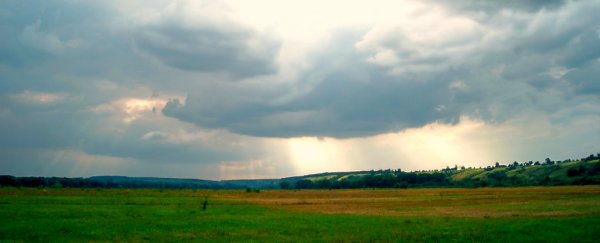The United States will see a total solar eclipse on August 21 for the first time in decades. Some people are travelling hundreds of miles to cities in the line of totality, like Nashville, Tennessee and Salem, Oregon.
But there is one thing that could put a damper on the event: clouds.
Esri, an international supplier of geographic information system (GIS) software, has created a cloud-cover prediction map for the time of the eclipse in every state. Michael Zeiler, a geographer at Esri, is producing new maps every day leading up to the eclipse.
As you can see in the map below, clouds could obscure the eclipse in most states in its path of totality.
 Michael Zeiler/GreatAmericanEclipse.com; ArcGIS/Esri
Michael Zeiler/GreatAmericanEclipse.com; ArcGIS/Esri
A total solar eclipse is an astronomical phenomenon that occurs when the moon passes between Earth and the sun, and appears to cover the latter. The two other types of eclipses are annular and partial, when the moon doesn't completely mask the sun.
Solar eclipses look different depending on the location. On August 21, the total solar eclipse will only cut through a 70-mile-wide band of the country, stretching from the northwest to the southeast US.
Everyone in the US - from Maine to Alaska - will be able to experience at least a partial eclipse, weather permitting.
For most of the US, the eclipse will happen around lunchtime.
"This is the subject of intense interest for millions of people interested in going to see the eclipse," Cameron Lowe, a spokesperson for Esri, told Business Insider in an email. "Weather will be a huge factor."
This article was originally published by Business Insider.
